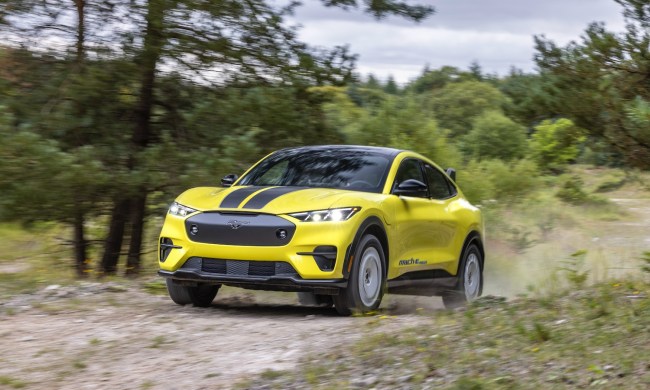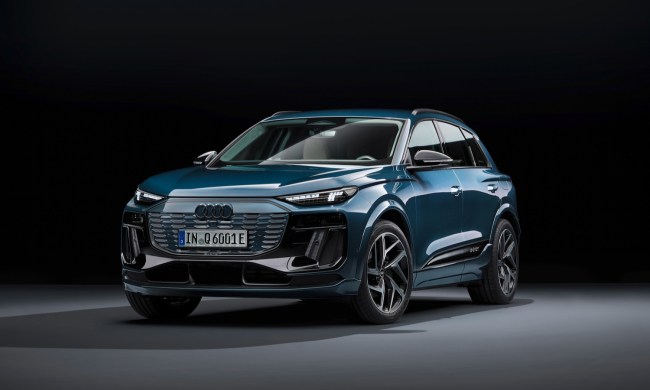Honda’s neat side camera mirror system will come as standard on its new Honda E electric car when it lands in showrooms in early 2020, the Japanese automaker confirmed on Tuesday, May 28.
Frustratingly, the design is only for the European and Japanese markets, as current U.S. regulations mean that physical side mirrors still have to be fitted to vehicles on American roads.
The cameras are housed in small modules positioned in place of the side mirrors, with video streamed to two 6-inch displays located just inside each door.

“As well as improving visibility, these compact cameras reduce aerodynamic drag by around 90% compared to conventional door mirrors,” Honda said. “The result is an approximate 3.8% improvement for the entire vehicle, contributing towards the model’s overall efficiency and range.”
The design also helps to significantly reduce wind noise at higher speeds, compared to conventional side mirrors.
As the video at the top shows, the system also offers a clear image during rainy weather, offering a marked improvement on physical side mirrors. This is down to the shape of the camera unit’s housing as well as the application of a water-repellent coating on the lens.
And there’s more. The driver can also choose between “normal view” and “wide view,” with the latter reducing blind spots by around 10% and 50%, respectively. Also, when you put the Honda E into reverse, guidelines show up on the displays to assist the driver during their maneuver.
The displays’ brightness automatically adjusts according to the conditions, a feature that Honda says helps to eliminate dazzle and glare in poor weather, low light, and night-time conditions.
Honda’s side camera mirror system is similar in many ways to the one incorporated into Audi’s E-Tron electric SUV, but of course, U.S. buyers will have to make do with physical mirrors on that vehicle, too.
With its compact design and 125-mile range, the Honda E compact electric car has been designed primarily as a city runaround or short commutes. Check out Digital Trends’ recent piece to find out about the Honda E and what it has to offer.


